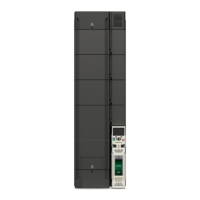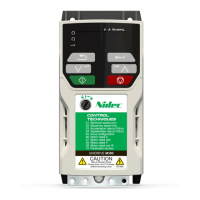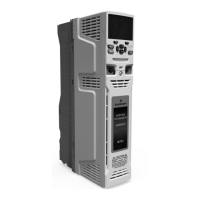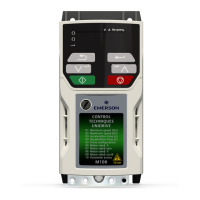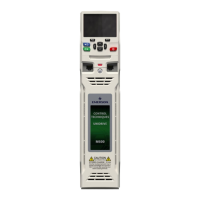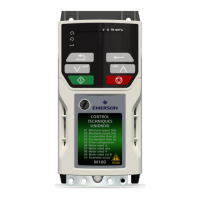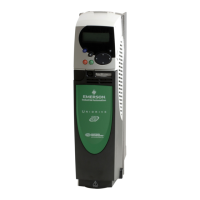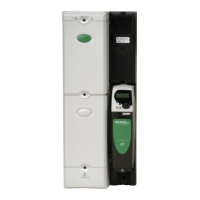SI-Ethernet User Guide 131
Issue: 1
Safety
information
Introduction
Mechanical
installation
Electrical
installation
Getting started Parameters
Key features
and Protocols
PC Applications Security Diagnostics
Glossary of
terms
Index
7.3.1 RTMoE Message rate capability
When designing a network, the message loading for each device should be checked to
ensure the number of messages do not exceed the maximum recommended value.
Consider the following example where a Unidrive M700 is communicating with three
other devices over Ethernet using Modbus TCP/IP (10 parameters read every 100ms),
EtherNet/IP (5 parameters read every 10ms and 5 parameters written every 10ms) and
RTMoE (2 parameters written every 500µs).
7.3.2 RTMoE Message type
From the system design, it should be known how many drives will be used and what
data needs to be sent where. There are two fundamental ways of sharing data:
• Cyclic data – use cyclic links for important information relating to the dynamic
behavior of the machine (e.g. control word, speed reference, etc.)
• Non-cyclic data – used for non time-critical information (e.g. drive setup data)
A user program must be used to control the transfer of non-cyclic messages.
(see Non cyclic enable (S.02.035) and Non cyclic base parameter (S.02.036))
Each cyclic message can be one of three types:
Protocol
Number of
Parameters
Rate
Parameters accessed /
second
Message rate /
second
Modbus TCP/IP 10 x read 100ms 100 10
EtherNet/IP
5 x read 10ms 500 100
5 x write 10ms 500 100
RTMoE 2 x write 500µs 4000 2000
Total 5100 2210
Maximum supported 6000 8000
Within capability?
99
1
Unicast – used if data needs to go
from one device to another
2
Broadcast – used if data needs to go
from one device to all other devices
3
Multicast – used if data needs to go
from one device to a subset of the
other devices
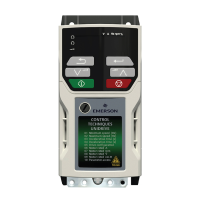
